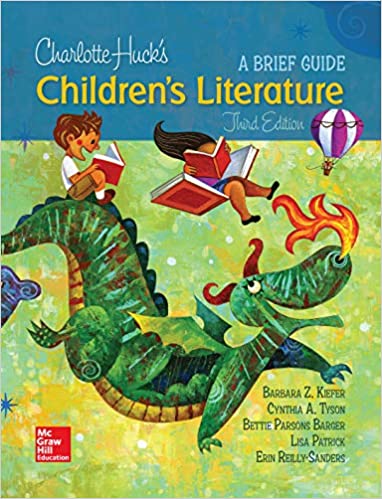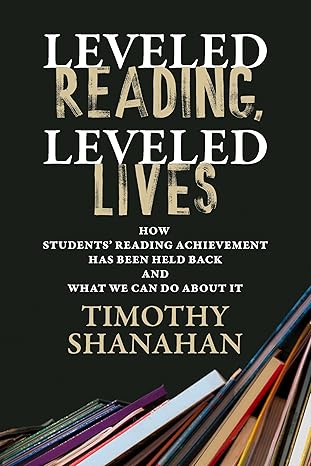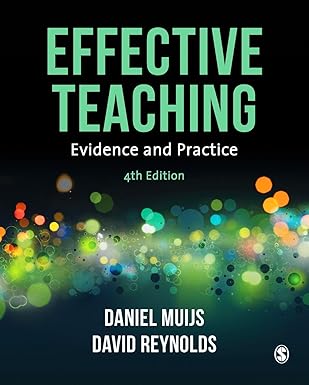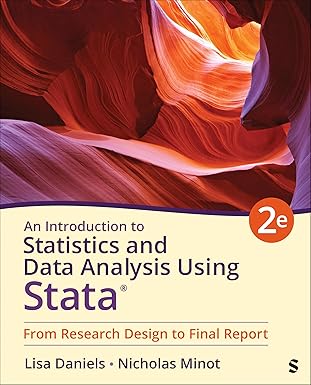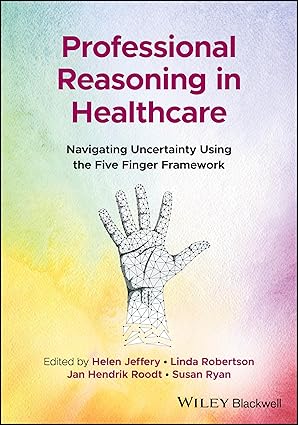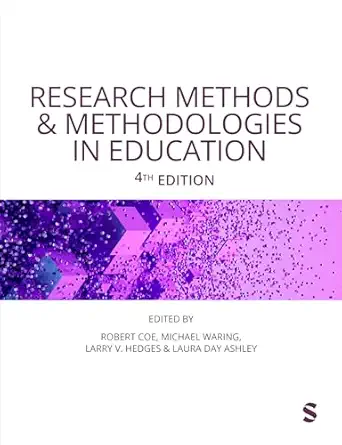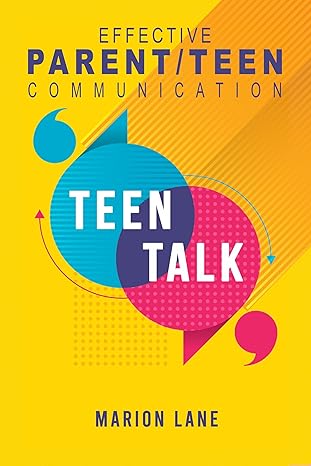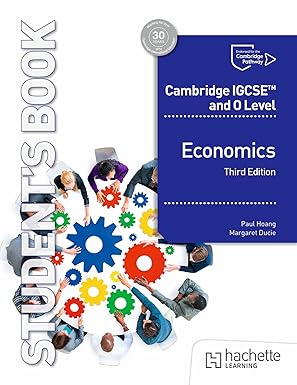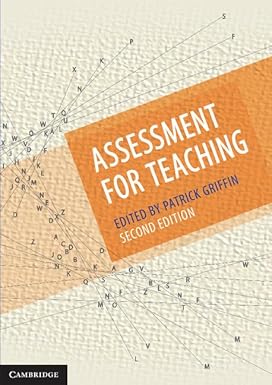دانلود کتاب Charlotte Huck's Children's Literature: A Brief Guide (3rd Edition) - Original PDF
Author:
Kiefer, Barbara, Tyson, Cynthia
0 (0)
توضیحات کتاب :
Now in its 3rd edition, Charlotte Huck’s Children’s Literature: A Brief Guide, provides essential information for designing pre-K-to-8 literature programs
سرچ در وردکت | سرچ در گودریدز | سرچ در اب بوکز | سرچ در آمازون | سرچ در گوگل بوک
1,777 بازدید 0 خرید
